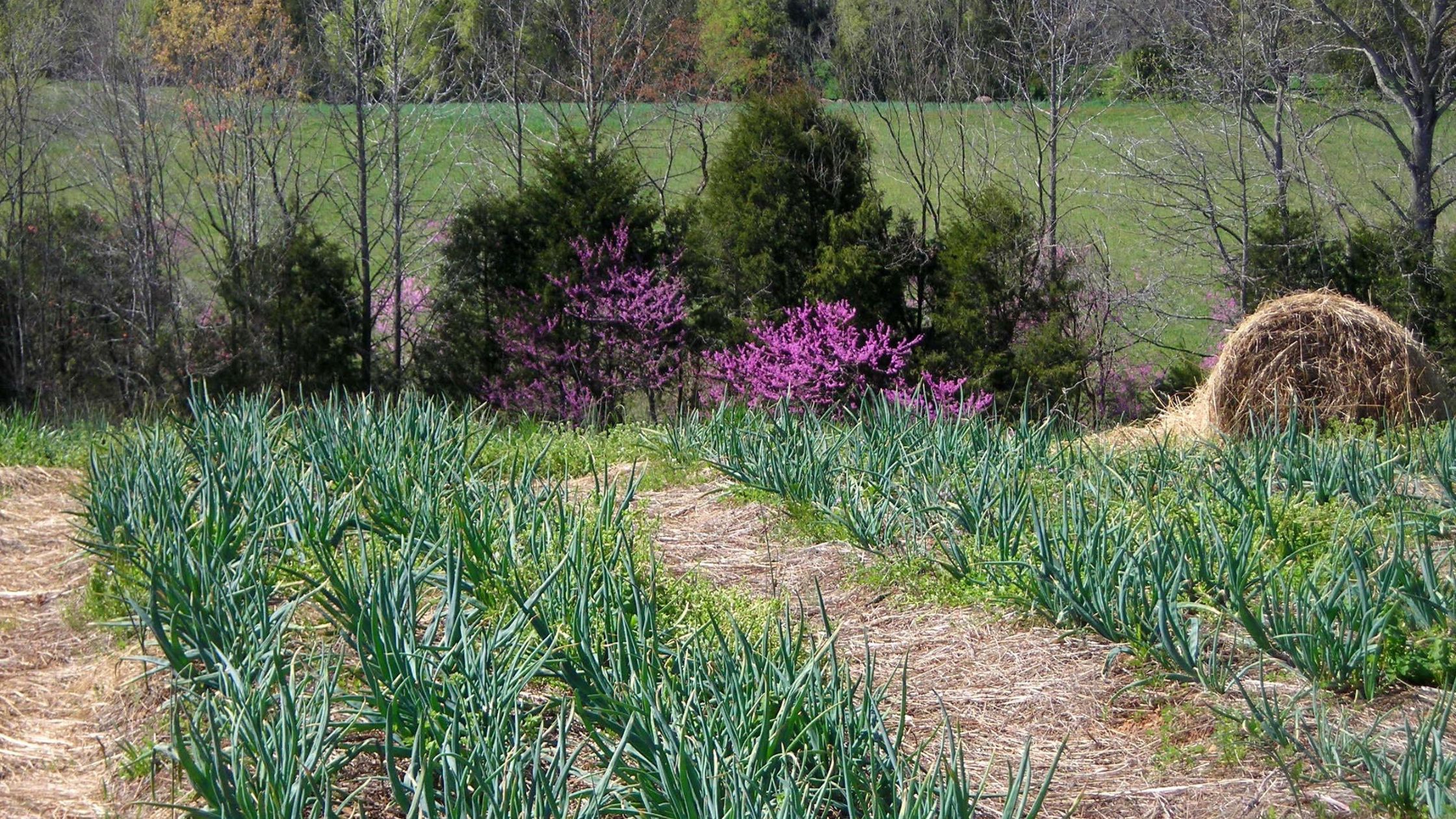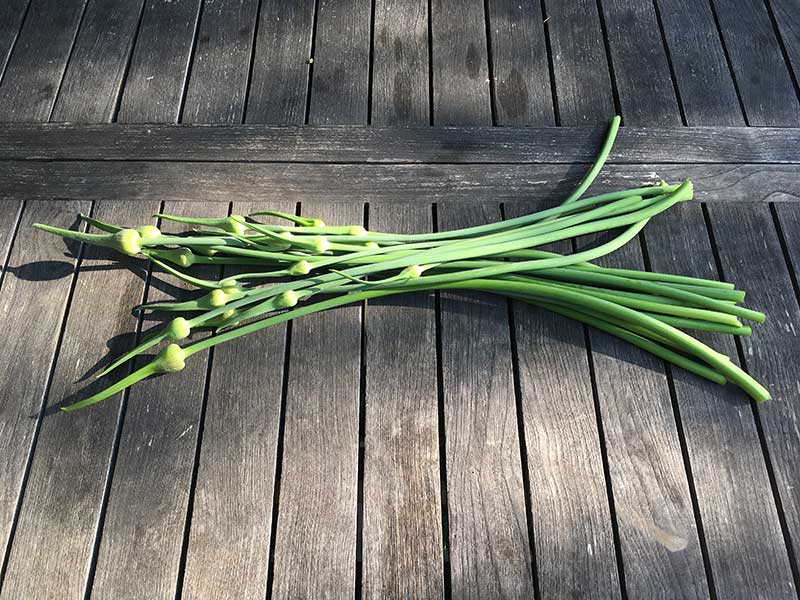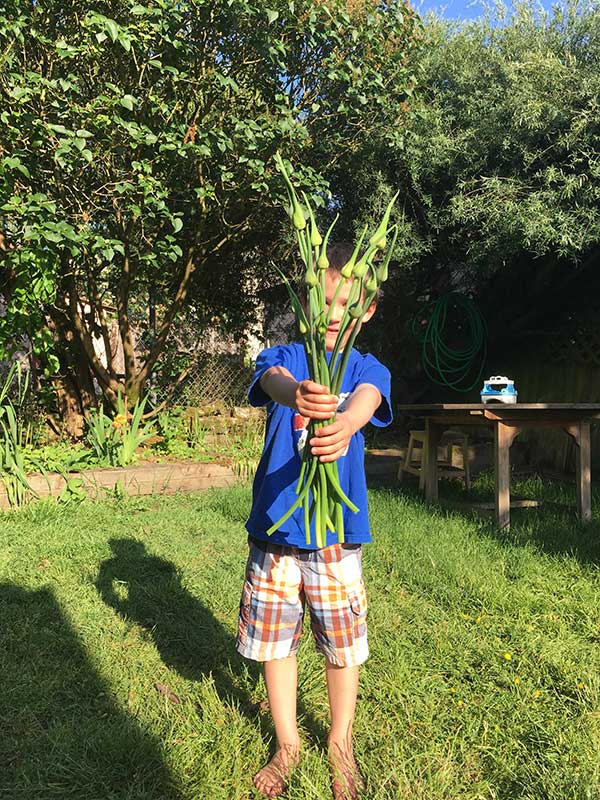Garlic is a tasty, easy-to-grow, wonderful crop for beginners. While most crops in the vegetable patch are sown in spring, garlic is planted in the fall. While most of the grocery store garlic available is a single type, there are many types and varieties of garlic to choose from for your garden. Each garlic has its own traits, including the conditions it will thrive in. Learn how to select the best variety for your garden.
Types of Garlic
At Southern Exposure, we currently carry three basic types of garlic: softneck, hardneck, and elephant garlic. Unfortunately, we’re already out of stock of elephant garlic, but you may be able to find it from another small seed company or seed exchange.
Softneck
Softeneck Garlic is the favored garlic of southern regions. It thrives in warmer winters and does best from Virginia southward. It’s more domesticated than its hardneck cousin and lacks scapes (a type of flower stalk produced by hardneck). Its soft, bendable stems and leaves make it the ideal garlic for braiding. Softneck is also a prolific producer and great storage garlic.
Hardneck
Hardneck garlic, sometimes called rocambole garlic, does best in cooler climates, typically from Virginia northward. Hardneck varieties are beloved for their wide range of flavors, and tasty flower stalk called a scape. These scapes grow from the top of the plant and curl around, maturing for cutting in early summer. They share the bulb’s garlic flavor and make a tasty addition to pestos, stir-fries, and other dishes long before your bulbs are ready to harvest.
Elephant Garlic
If you’re not sold on garlic’s intense flavor, elephant garlic may be the right choice. Its large cloves and mild, savory flavor have made it incredibly popular in recent years.
Elephant Garlic gets its name from its large size and resemblance to garlic, but it’s not actually a true garlic at all. Elephant Garlic is a type of bulb-forming leek, which is why it’s milder than the true garlics.
Elephant Garlic is suitable for USDA Hardiness Zones 3 through 9, making it a viable choice throughout most of the US.
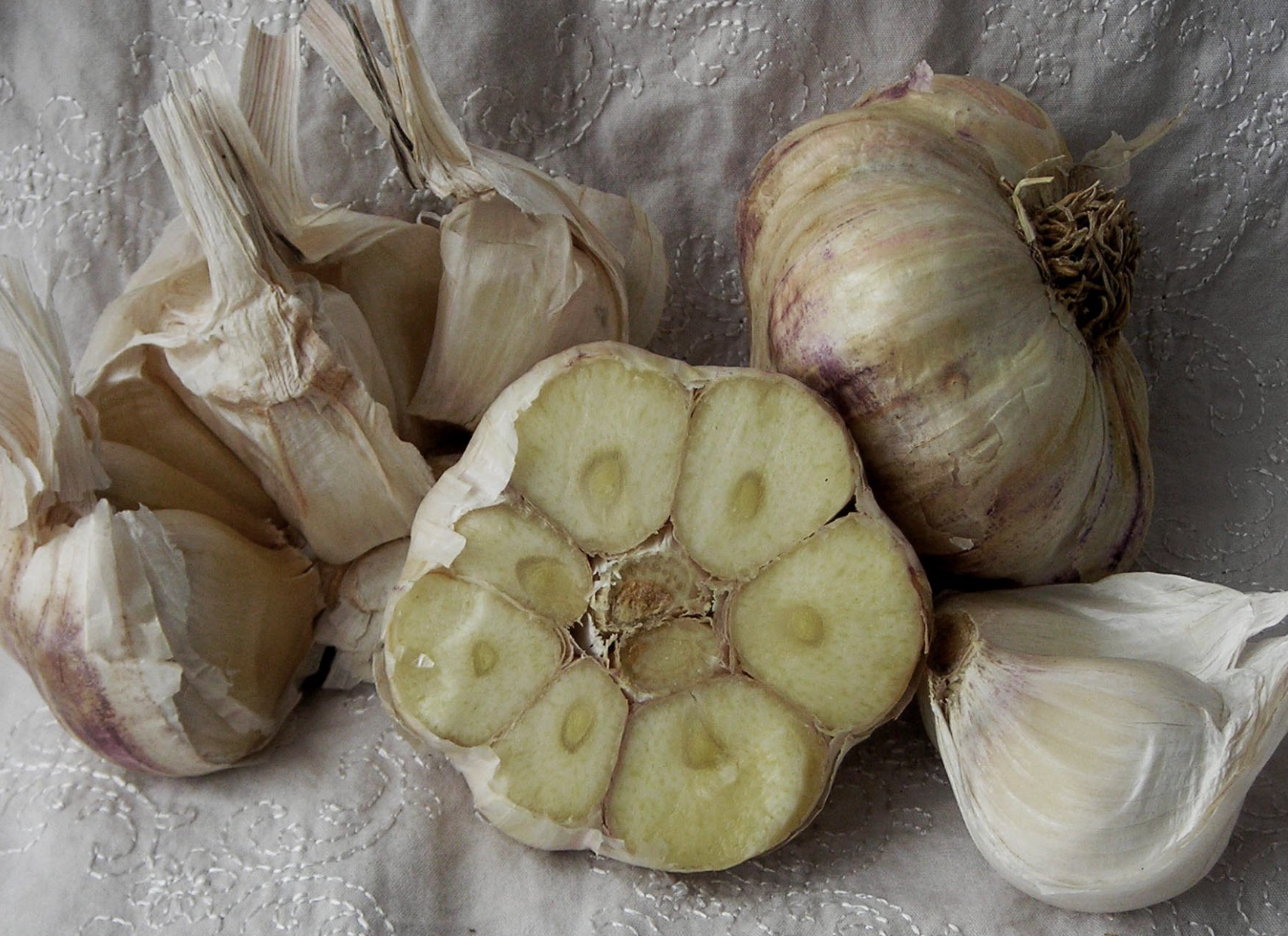 Choosing a Variety
Choosing a Variety
Once you’ve narrowed down the type you’d like to plant, it’s time to pick a variety! All of our garlic varieties offer their own advantages, but these are a few choices you may want to get started with.
Opt for a cold-tolerant variety in northern areas with German Extra Hardy.
This super cold-tolerant variety produces large cloves with a purplish blush. The cloves have a strong flavor when eaten raw, but it mellows some when they’re cooked. German Extra Hardy is a good storage variety, too!
Grow an excellent storage variety with Silver Rose Softneck Garlic.
This is a great variety for Southern growers. Silver Rose is great for braiding and keeps up to a year under ideal storage conditions. It produces rose-colored cloves with a smooth, mild flavor that is perfect for your favorite recipes.
Try out our best baking variety, Chesnok Red Hardneck Garlic.
Chesnok Red comes from the Republic of Georgia, near Shvelisi. The cloves are more numerous and elongated than most hardneck types and very aromatic with an abiding flavor.
Start with something simple with California Early Softneck Garlic.
California Early Softneck Garlic is probably the most widely grown garlic in the US and is very easy to grow. California Early has a mild flavor and excellent storage capabilities.
Still can’t decide? Grab a Garlic Sampler.
If you can’t narrow down your choices or just want a surprise, we offer two sample packages. The Beginner Sampler includes a hardneck and softneck, while the Garlic Garden Sampler includes four different varieties.
Use this guide to consider what you want your garlic for and what will perform the best in your area. In the next few days, we’ll begin shipping out garlic and perennial onion orders and will continue into November. We ship garlic based on location, starting with northern areas first. Be sure to get your order in soon to get your garlic planted on time!

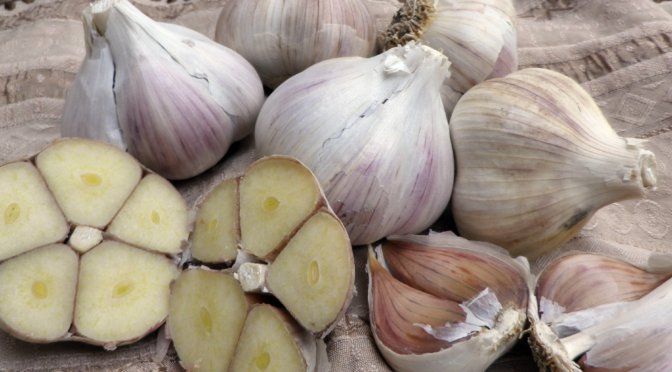
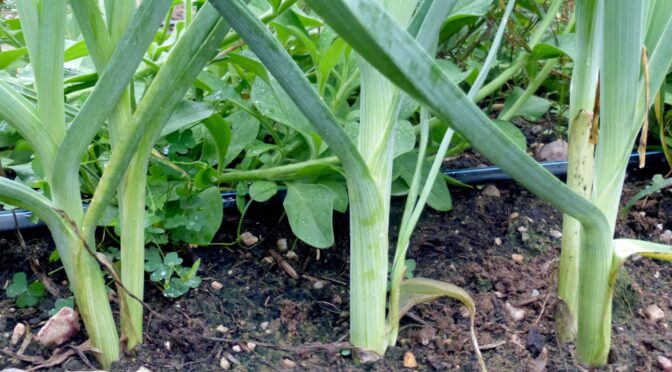
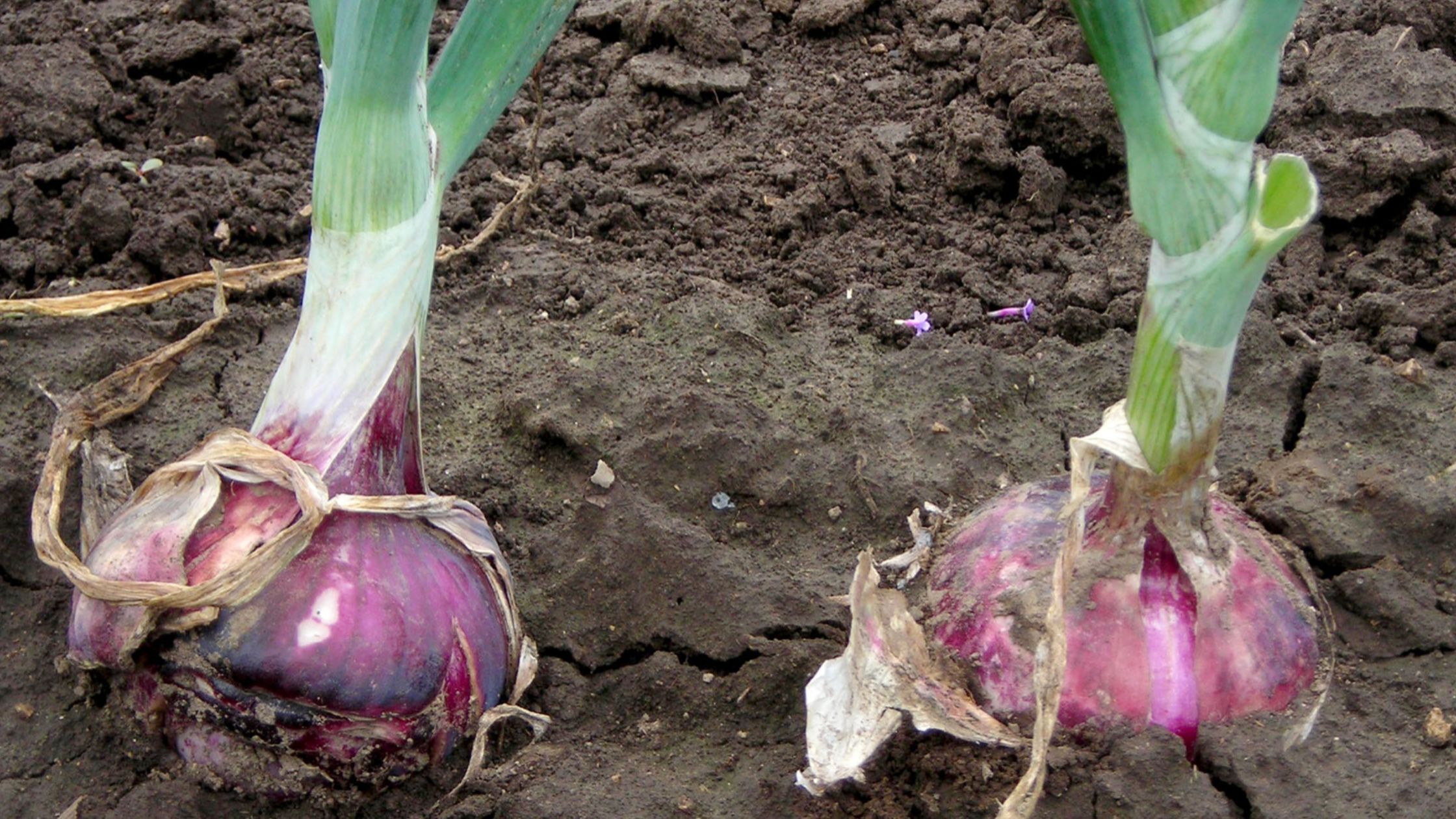 Bulb Onions
Bulb Onions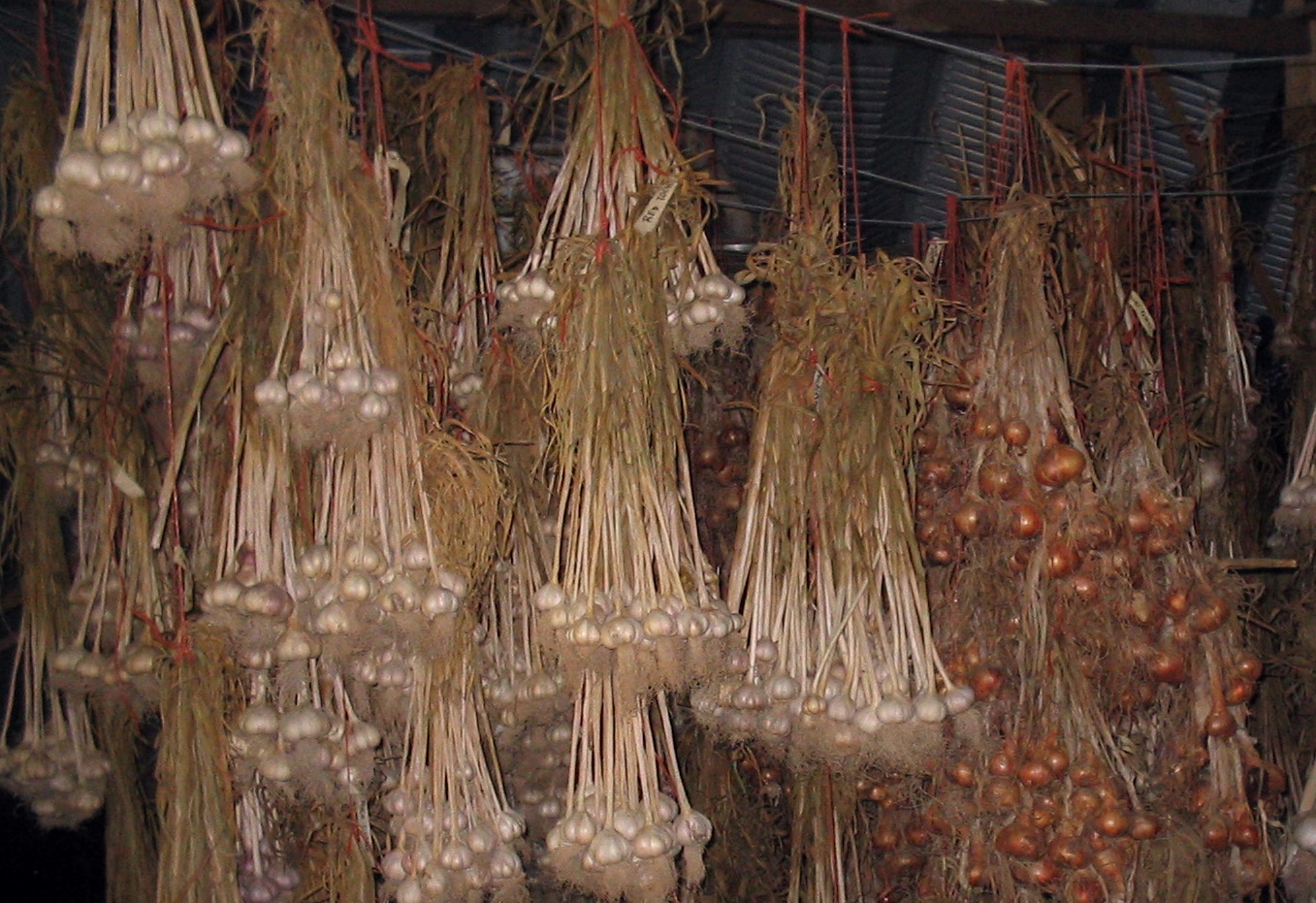
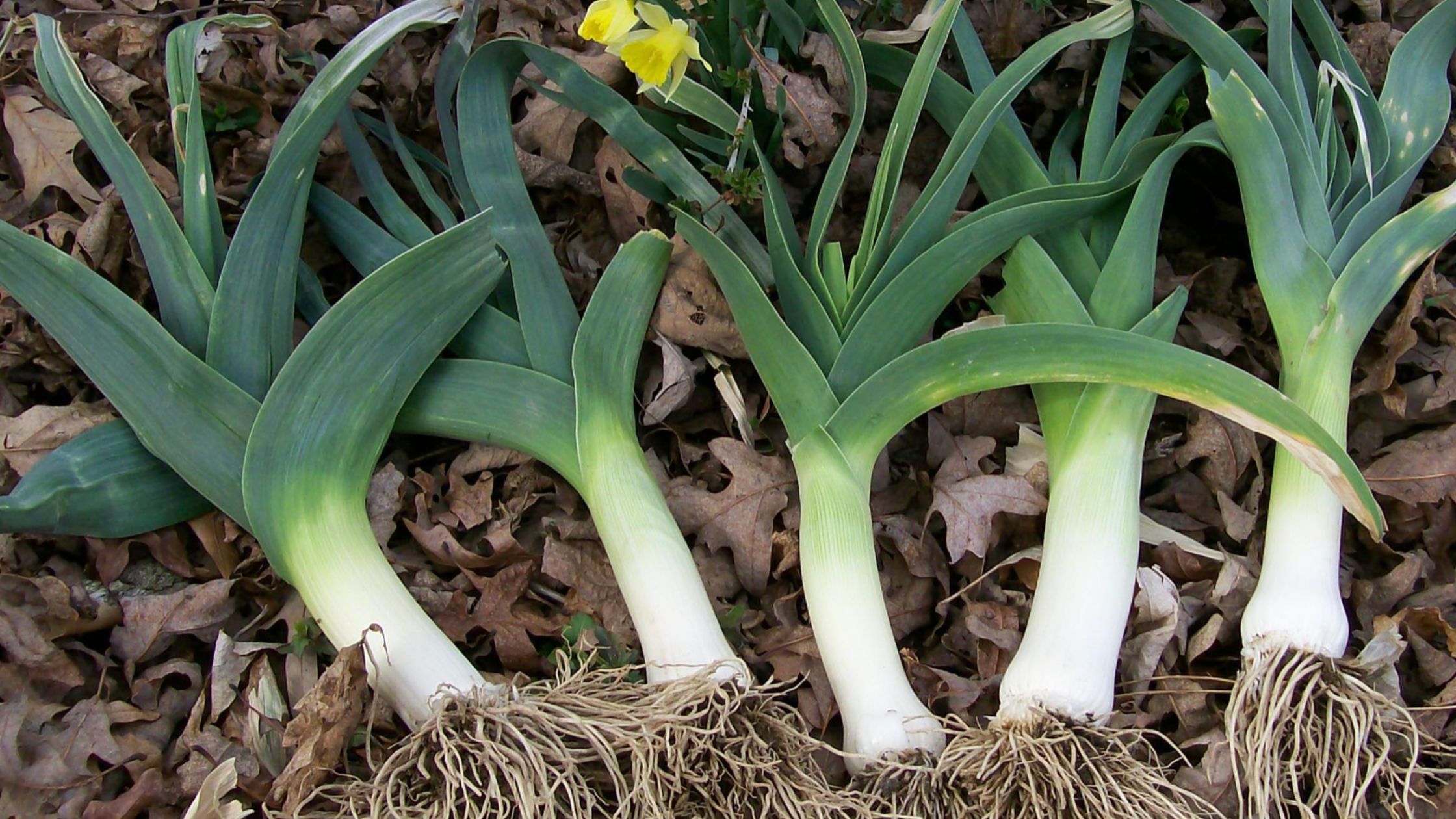 Leeks
Leeks